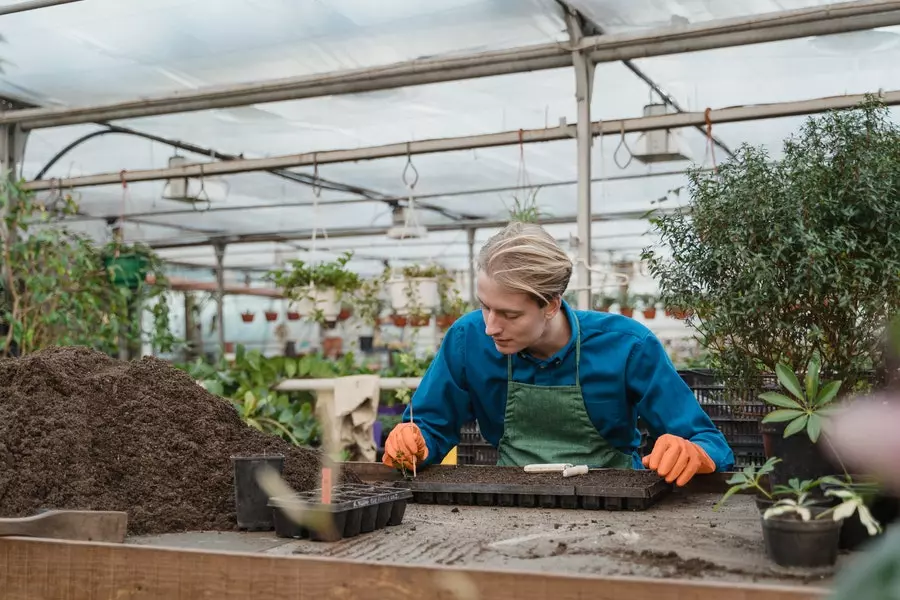
Summer has brought plenty of sunshine, and you can take advantage of it to start gardening right now! It’s not too late to start a backyard garden filled to the brim with beautiful flowers or vegetables.
However, if you want your garden to be successful, you need to first determine what you plan to plant, plus many other things. Let’s break down how to start a garden this summer step-by-step.
Decide Which Species To Plant
You can’t start a garden if you don’t know what you’ll plant! Luckily, summer is an ideal planting season for many different types of plant species, like:
- Herbs. Basil, cilantro, and plenty of other annual herbs are ideal if you want some fresh cooking ingredients the next time you whip something up in the kitchen
- Flowers. Annual flowers like sunflowers, marigolds, and hollyhocks are perfect since you can revive them come spring
- Don’t forget vegetables. Tomatoes, eggplant, peppers, and more can still be yours if you find started plants at your local garden center. Otherwise, you can plant things like corn, radishes, and carrots given the late start to the summer planting season
- Root vegetables like carrots, radishes, and beets are great as well. There’s also still time for beans since they grow particularly fast in warm summer weather
- Edible flowers like violas, calendula, and others can be eaten in salads or as garnishes. You might still have time to harvest a few of these even with the remaining weeks in the summer sunshine
Whatever you choose to plant, decide quickly so you can get started building and setting up your garden for success.
Identify the “Hardiness Zone”
Next, you should figure out the so-called hardiness zone for your garden. In a nutshell, the hardiness zone is the area in your backyard where plant life can grow in average temperatures. Fortunately, the USDA hardiness zone calculator will let you figure out what plants are perfect for your average temperatures in your local area.
Buy Gardening Supplies
Naturally, you’ll need plenty of gardening supplies if your summer garden is to not just survive but thrive over the coming weeks. Try to pick up:
- Plenty of soil for your plants
- Seedlings, of course
- Gardening gloves unless you want lots of dirt under your fingernails
- A hat to keep your neck protected from the summer sunshine
- Shovels so you can dig around in the soil
- Plant pots if needed for your chosen seedlings or starter species
- A pocket hose – as many pocket hose reviews attest, small and portable hoses are lifesavers when it comes to watering out-of-the-way plants or seedlings that you placed just a little bit too far away from your primary hose
These days, it’s easier than ever to get started with a backyard garden if you don’t have space on the actual ground. You can pick up gardening plots, which are helpfully segmented into different squares or growing areas for the plants you want to start. See what your local gardening or home improvement store has and don’t hesitate to buy supplies or starter kits for beginners; after all, you’re trying to start a garden, not maintain one already in place!
Plant Your Seeds
Now comes the fun part: planting your summer gardening species!
Each plant has a different planting process, but generally, you need to:
- Prep the area with plenty of nitrogen and nutrient-rich soil
- Dig a small hole for the seedling of your choice
- Place the seedling, whether it is in a pot or outside a pot, inside the hole
- Give the seedling a bit of water from a watering can or hose
Be sure to read the instructions for your chosen plant species. Every species has different requirements in terms of sunshine, water, and nutrients such as plant food. Therefore, you’ll want to avoid over-watering your plants based on the species you choose to put in the ground.
Consider Adding Some Shade
One more tip before you go; you might consider providing some additional shade for seedlings or starting plants. Newspaper, mulch, and even grass clippings can all help reduce the high-intensity exposure to the summer sun these plants will experience.
In the earliest days of their lives, many seedlings can become overwhelmed by too much heat and sunshine. Giving them a little shade can give them the space they need to grow before they reach their full potential.
Conclusion
At the end of the day, your garden is your creation! You can decide what goes in it, how you take care of your seedlings, and what you want to bloom over the coming weeks. Just be sure to follow the tips and steps above so your garden starts off well and your seedlings are given every chance to succeed.








